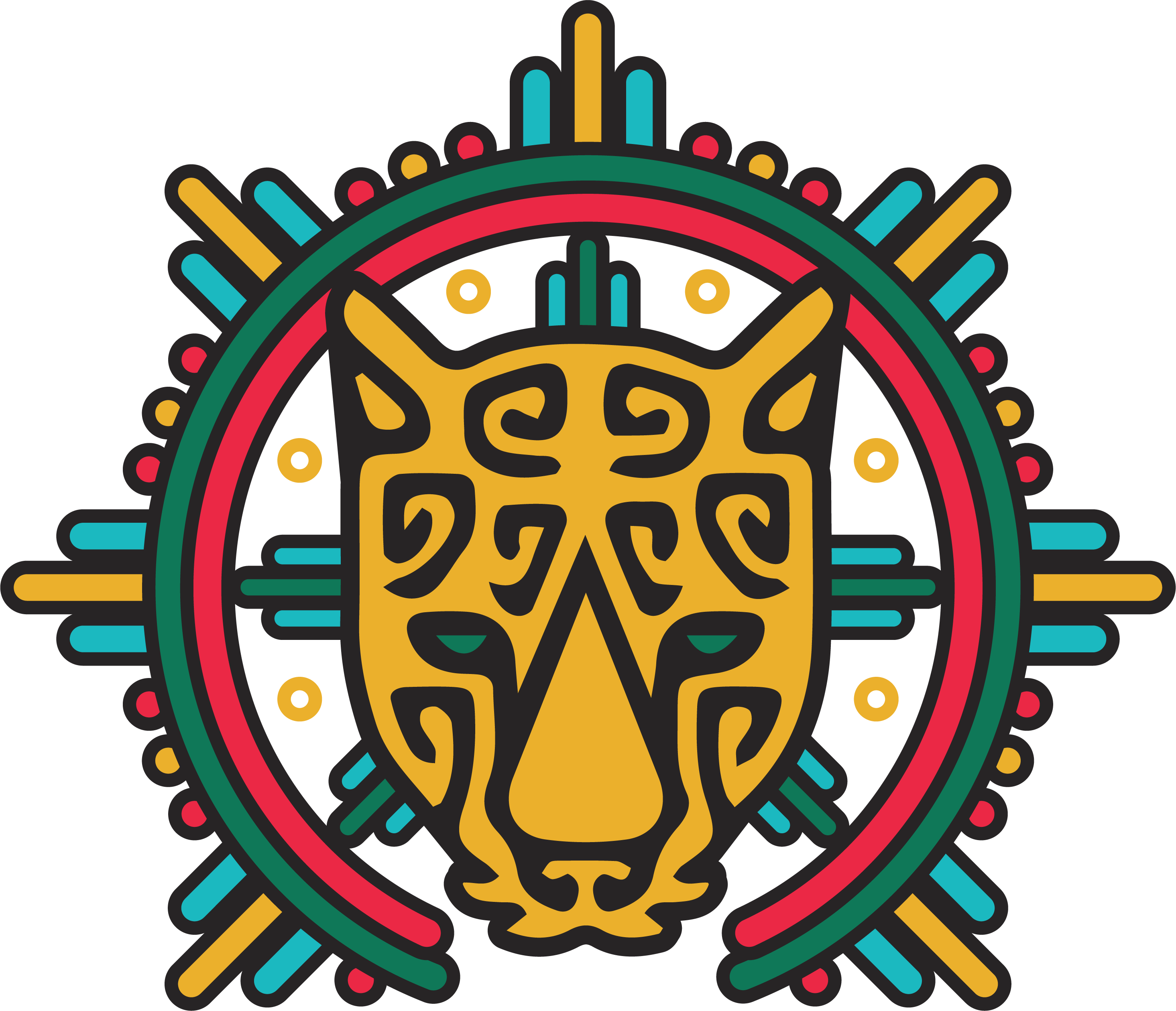When you sip your morning coffee, have you ever thought about the journey it took to get to your cup? Beyond the beans, there's a fascinating story of place, climate, and human ingenuity that shapes every sip. This narrative is known as coffee terroir, a concept borrowed from wine culture but equally vital in the world of coffee.
What is Terroir?
Terroir is the sum of the environmental factors that give coffee its unique taste, aroma, and quality. It's about the soil, altitude, climate, sunlight, and even the farming practices that together craft the coffee's character. Here's how each aspect plays its part:
-
Soil: Just like wine, coffee's flavor profile is deeply influenced by the type of soil it grows in. Volcanic soils can impart minerals that enrich the coffee with complexity. Sandy soils might lead to a lighter, more acidic taste, while clay-rich soils can give coffee a fuller body.
-
Climate: Coffee grows in the "Bean Belt," areas between the Tropics of Cancer and Capricorn, where the climate is ideal. Rainfall, temperature, and humidity levels dictate the sweetness, acidity, and body of the coffee. A cooler, wetter climate might produce a coffee with brighter acidity, while a warmer, drier climate might lead to a sweeter, smoother taste.
-
Altitude: Higher altitudes mean cooler temperatures, slowing down the ripening process and allowing for more complex flavor development. Coffee grown above 1,200 meters often boasts more nuanced flavors with vibrant acidity, while lower altitudes might yield a more straightforward taste.
-
Sunlight: The amount of sunlight a coffee plant receives affects photosynthesis, thus the sugar content and acidity in the beans. Shaded coffee can develop unique flavors due to slower maturation, while full sun might quicken growth but affect the sweetness profile.
-
Human Practices: The hand of the farmer is integral to terroir. Methods of cultivation, whether organic or traditional, processing choices (washed, natural, or honey-processed), and even drying techniques all shape the final product's flavor.

Regional Coffee Terroirs
Let's take a brief tour around some iconic coffee regions to understand terroir better:
-
El Salvador: The small nation is celebrated for its rich volcanic soil and diverse microclimates, offers a unique coffee terroir that has made it renowned among coffee enthusiasts.
-
Colombia: Known for its balanced, sweet coffees with chocolate notes, attributed to its high altitudes and rich volcanic soil.
-
Brazil: The world's largest coffee producer, where you find anything from nutty, chocolatey lowland coffees to the more acidic, fruity highland beans.
- Peru: A fascinating blend of geographical diversity, climate variation, and cultural practices, leading to unique coffee profiles. Here’s an in-depth look:
Why Does Terroir Matter?
Understanding coffee terroir isn't just about appreciating complexity; it's about recognizing the story behind each cup. It's about sustainability, supporting local farmers, and valuing biodiversity. When we talk about terroir, we're celebrating not just the coffee but the culture, the land, and the people who nurture it.
Experiencing Terroir
To truly experience coffee terroir, try:
-
Single Origin Coffees: These coffees showcase the unique characteristics of one region.
-
Coffee Tasting: Like wine tasting, try cupping different coffees to discern their terroir-driven flavors.
-
Farm Visits or Virtual Tours: Learning directly from farmers gives insight into how terroir shapes coffee.
Coffee terroir is a testament to the magic of nature combined with human touch. Each cup tells a story of its origin, a narrative woven from the earth, the air, and the hands that tend it. By appreciating coffee terroir, we not only deepen our coffee experience but also connect with the global community of coffee lovers, growers, and the planet itself.
So, next time you enjoy your coffee, take a moment to ponder the journey that bean took from its unique terroir to your cup.

